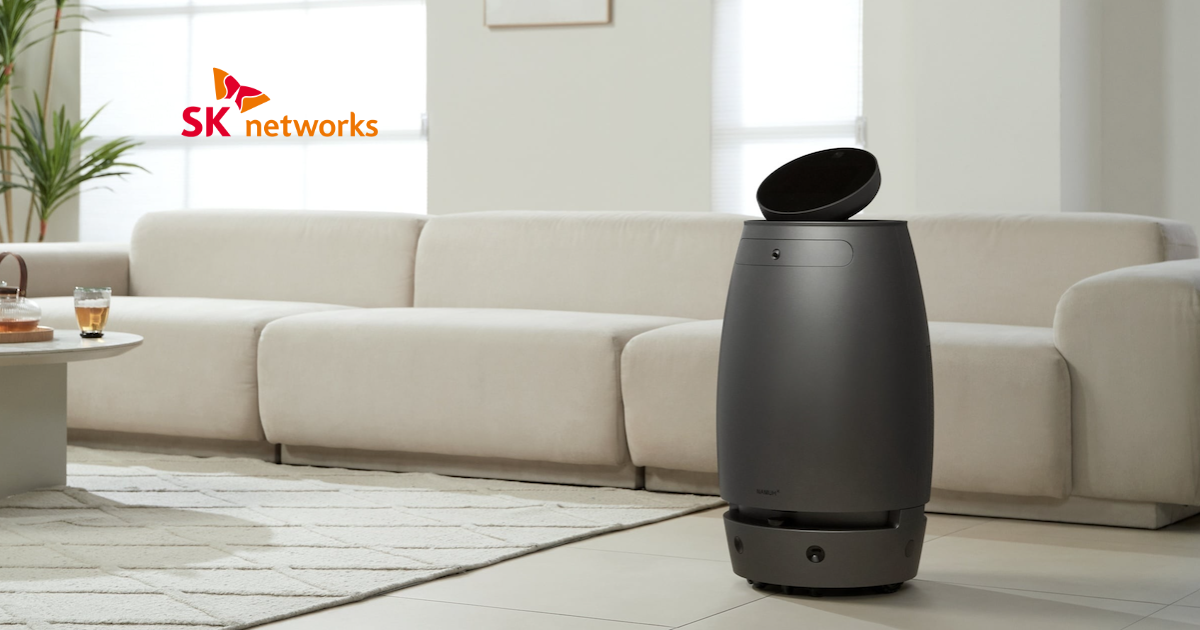This look at the evolution of voice control in cars, from Honda to Lamborghini, reveals the strides automakers have made with voice recognition integration. [Infographic and Article]

When engineers put into motion the first automobiles, little did they think we would talk to our cars one day. Yet, here we are, nearly one hundred years later, and we use car voice control to get directions, order food, shop, check the weather, launch our favorite podcast and even turn on the lights at home—all from our cars.
While there is debate about who invented the first car (Leonardo Da Vinci, Karl Benz, or Nicolas-Joesph Cugnot?), the evolution of voice control in cars decidedly began in 2004 between Honda and IBM.
Take a look at our infographic for a brief overview of the voice in car evolution, or read the full article below (with great videos!):
.jpeg)
Honda Gives Acura Voice Control
Honda’s Acura first edition of car voice control did not use an “on word.” Instead, the driver pushed a button on the steering wheel to turn the voice assistant to listening mode. Drivers could use Voice Commands to control temperature, make calls, navigate, and use an Acura-Link service that gave information about traffic reports, weather, and other information.
As noted in the instructional video below, Acura’s voice control had limitations—drivers needed to speak clearly, reduce background noise by adjusting ventilation away from the mic in the ceiling, and closing the windows. This voice recognition problem would pester many in-car voice assistant users then and now.
Lexus 2006
Lexus added voice command to its GS models in 2006 but was short-lived because of poor performance. The car voice control features, activated by pressing a center steering wheel button, enabled drivers to obtain navigation, change audio input, and essential volume and climate control commands. However, many users complained of poor speech recognition.

Ford Motors Sync Voice in Car
In 2007, Ford and Microsoft announced a partnership that would bring voice control to the carmakers’ vehicles.
The Ford Sync technology gave drivers the ability to operate Bluetooth-enabled mobile phones and digital media players using voice commands, the car's steering wheel, or radio controls. Later, Ford added the ability to send and receive text messages using a voice assistant named Samantha.
Plugging in a smartphone via USB gave drivers the ability to use approved mobile apps, such as Apple’s music and podcast players and native navigation systems. Drivers use a lever on the steering wheel to activate the voice command system for the native Ford Sync applications or the plugged-in smart device.
As with Honda’s Acura Car Voice Control, using Ford Sync, including the newest generation, requires a quiet environment. The car’s voice control system will alert you when it cannot understand your voice command and gives instructions to roll up the windows and turn off other noisemaking devices.
Siri Eyes-Free, 2013
In 2013, Apple introduced Siri Eyes-Free for CarPlay, which launched the idea of using embedded voice technology in cars.
Whether via Bluetooth or plugged in by USB, drivers could use Siri’s voice command features to make and receive calls, respond to text messages, and more without needing to take one’s hands off the wheel. It is a feature that excited drivers when it first debuted.
Fiat Chrysler offered a software package for 2013-2015 car owners to integrate Siri Eyes-Free into their infotainment systems.
But once again, it is the driver's responsibility to make sure that the car’s environment was quiet for Siri to work.

Skoda Octavia
Czech carmaker Skoda Octavia released its first car voice control system in 2013. However, it was not a success with users. Connected via Bluetooth, the system’s restricted vocabulary and complex command structure frustrated users. In addition, its menu with prompts that required drivers to read took the eyes off the road, detracting from the safety aspect of voice control.
Watch it in action here:
Lexus Returns with Updated Voice Control, 2017
The third generation of Lexus’s voice in-car features offered more functionality. But the necessity of reading on-screen menus to choose commands hampered its success. Add to that the lack of accurate speech recognition because of background and road noise and limited vocabulary, and users abandoned the voice control system.
The National Highway Traffic Safety Administration, in its 2016 “In-Vehicle Voice Control Interface Performance Evaluation,” cited “task complexity, the accuracy of the speech recognition system, and naturalistic interactions with a VCS (voice control system)” as three of the main factors inhibiting adoption of voice in cars.
Watch the car voice control in the Lexus RX350:
Ford Integrates Alexa, 2017
Ford took voice in-car integration up a notch in 2017 when it announced that it would collaborate with Amazon to use its Echo smart home device to allow car owners to perform tasks such as turning on their home lights or search for music from their Ford Fusions or F-150s.
Drivers could also ask Alexa to start their car while they were still inside their homes. Users could also continue listening to audiobooks from home to car, order items on Amazon, and search and transfer local destinations to their in-car navigation systems.
Ford owners can remotely start, lock or unlock doors, and get car information using voice commands.
The system is connected to a person's car via Amazon Echo, Echo Dot, or the Amazon Tap. And the second phase of the system allowed users to command Alexa while driving.
First-Party Embedded Voice Assistants Take Root, 2018
Soon, more auto manufacturers started making their own embedded voice assistants working with differentiated speech technology companies. For example, Mercedes-Benz built the Mercedes-Benz User Experience or MBUX, working with Nuance’s Natural Language Processing technology.
Amazon countered this embedded voice control trend by introducing the Amazon Echo Auto in the same year. The device, which is the size of a small thin wallet, works with a smartphone’s Alexa app via the auxiliary input or the smartphone’s Bluetooth connection. It made hands-free voice control available to older vehicles, with or without Bluetooth.
The Echo Auto has eight microphones and far-field technology that allows users to talk to Alexa over music, air-con, and road noise. However, a test by a CNET reviewer showed that the device did not work with a lot of road noise.
Lamborghini First Carmaker to Integrate Alexa for In-Car Control, 2020
While Ford became the first carmaker to integrate Alexa’s cloud-based system, Lamborghini became the first automaker to integrate Amazon Alexa to control a vehicle’s system.
Lamborghini integrated Alexa with its Huracan Evo model. Drivers using voice command can adjust climate control, interior lighting, seat heating, and even driving modes using Alexa.
The system also allows cloud-based services like other automakers. Drivers can get directions, make phone calls, play music or audiobooks, and check the weather and news via voice commands. In addition, drivers will also control their home’s thermostats, entry gates, and lights.
GM Gets into the Car Voice Control Game with Google, 2021
GM announced in late 2019 that it would work with Google to integrate Google Assistant and Google Maps by 2021. However, the partnership is not exclusive, as another announcement by Ford stated that the automaker would also integrate Google's cloud system and Google Maps by 2023.
The advantage of an embedded voice control system is drivers will not have to connect their cell phones to a car to access the vehicle’s infotainment system. Also, automakers might make money off their own in-vehicle apps. The agreement with Google allows sharing of data with GM.
A Win-Win for All
The use of custom voice integration comes after most drivers have increasingly adopted Google Android Auto or Apple CarPlay to use with their car's infotainment systems. This widespread use spurred automakers to develop owned car voice control systems and in-vehicle apps.
As a result, it looks like a win-win for all involved. Drivers get advanced voice control in their cars, and the automakers keep and grow their customer base. And both automakers and voice device companies get essential data to continue improving their products.
The future looks bright for voice control in cars. Research suggests that by 2022, 73% of drivers will use an in-car voice assistant. This broad adoption of the voice assistant in cars has encouraged automakers to either work with first-party voice assistant device makers or develop their own embedded voice control system.
Next for voice assistants in cars is improved automatic speech recognition. Read our article Kardome's VUI Solution for Car Voice Recognition Systems to learn more about improved voice recognition in cars.


![This look at the evolution of voice control in cars, from Honda to Lamborghini, reveals the strides automakers have made with voice recognition integration. [Infographic and Article]](https://cdn.prod.website-files.com/5f78e2718ee539597bb33346/609d7d977fca9ffbd999939b_Car%20voice%20control.png)









